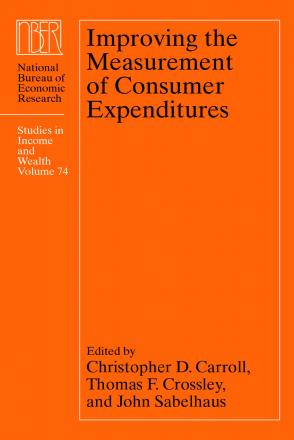Using the CE to Model Household Demand

Using data from the US Consumer Expenditure Survey (CE) from 1998 to 2010, we estimate a demand system for non durable goods, under different assumptions regarding the behavior of households. Thanks to the unique features of the CE, which records labor supply and information on durables together with income and demand, we are able to look at how assumptions of full intertemporal separability and separability of durables from non durables impact the demand estimation. We test, and reject, the separability assumptions and show how relaxing them affects the magnitude of the estimated income and price elasticities. This exercise illustrates the importance of building on the strengths of the CE as a comprehensive source of quantified information on household behavior if it is to fulfill its goal of providing government and policy makers with information on the impact of policy on household behavior and welfare.


